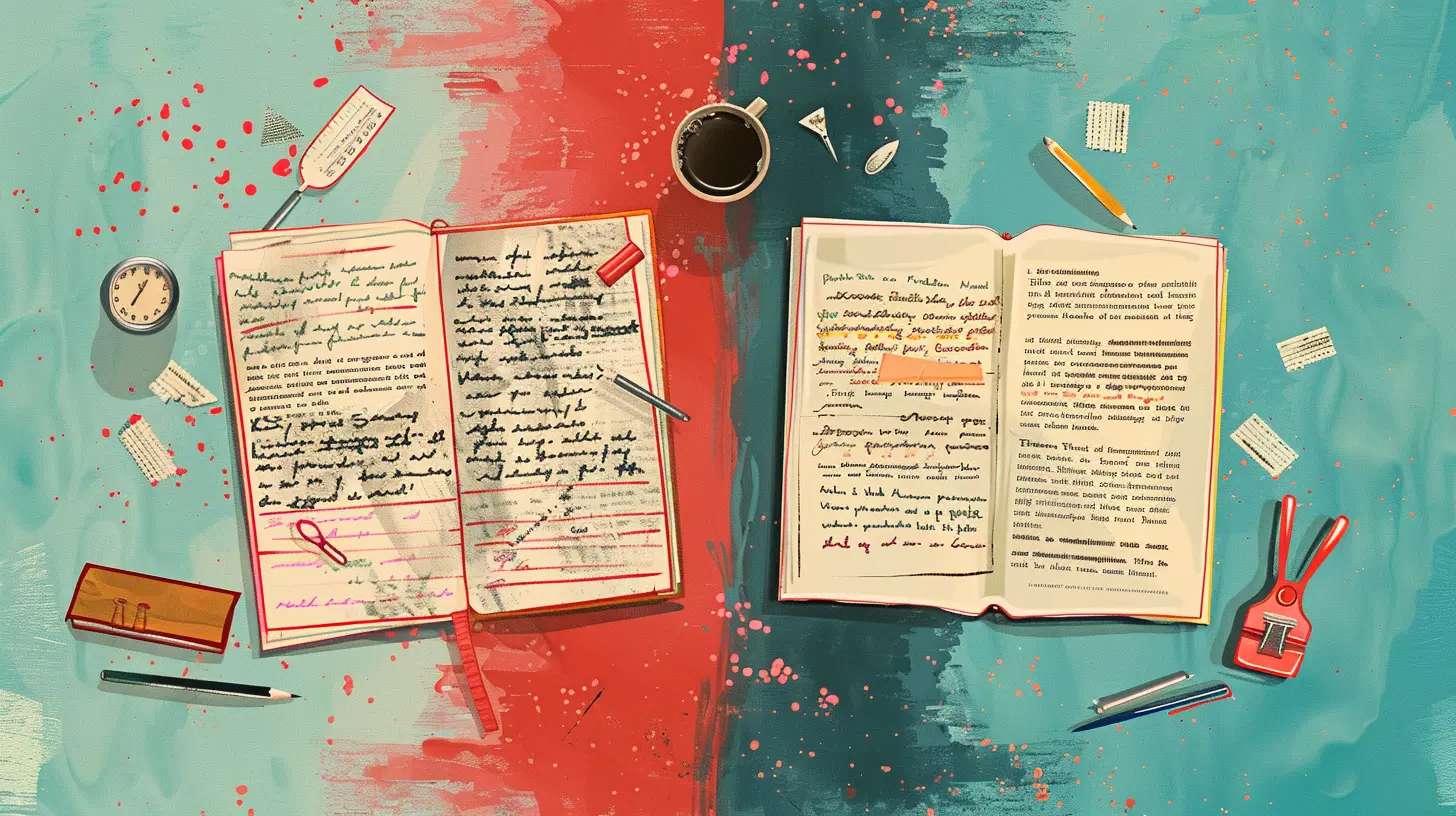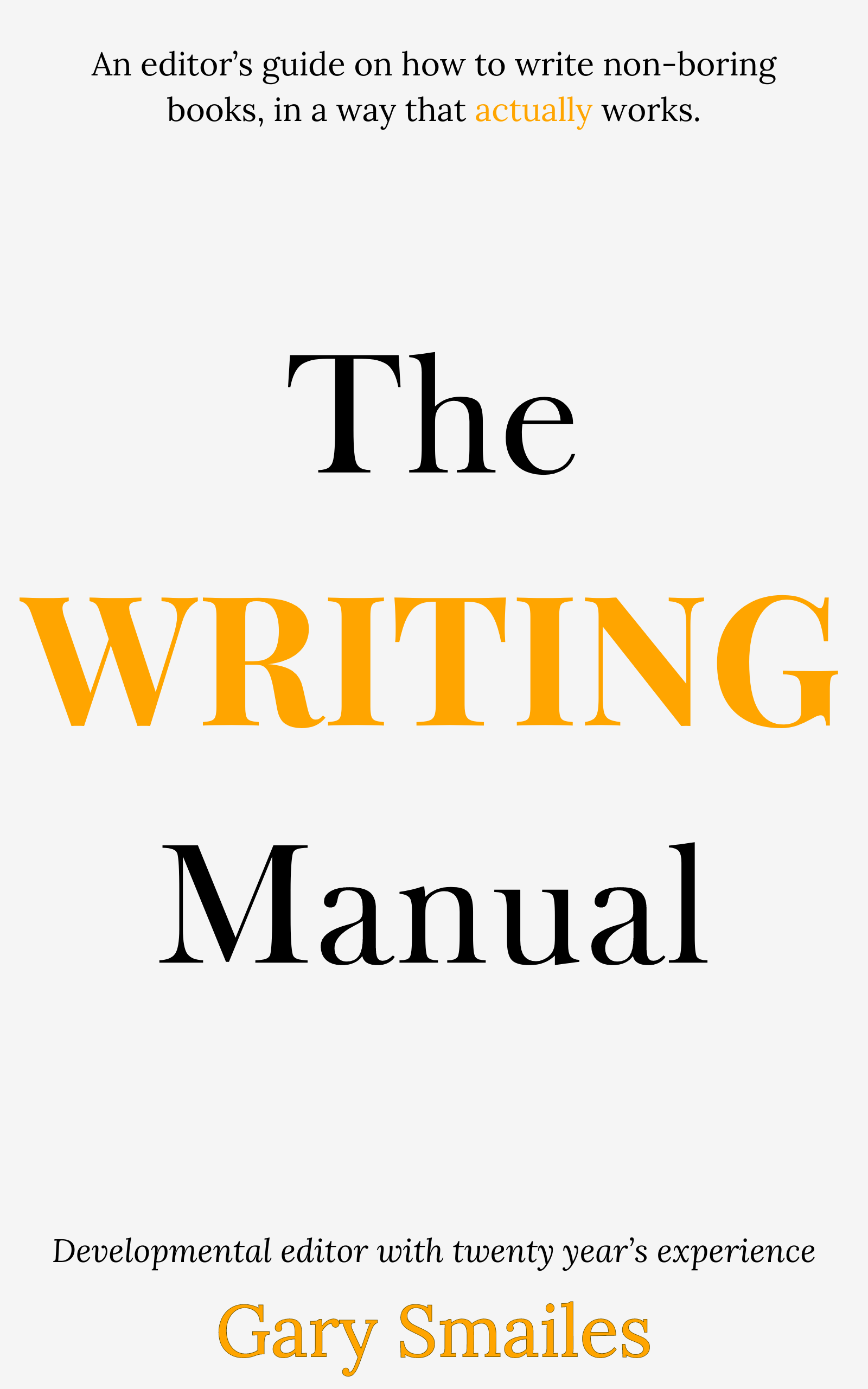



Did you know that a well-edited non-fiction book can significantly increase its credibility and readability? According to a study by Publishing Research Quarterly, books that undergo thorough editing are more likely to be recommended and cited by readers. In this guide, you'll learn actionable insights and techniques to edit your non-fiction book effectively. From understanding different editing stages to working with professional editors, we'll cover it all to help you polish your manuscript to perfection.
Table of Contents
Non-fiction editing involves refining the content to ensure clarity, accuracy, and engagement while maintaining the author's voice and intent. Unlike fiction editing, which focuses heavily on plot and character development, non-fiction editing emphasizes factual accuracy, logical flow, and the effective communication of ideas.
There are various types of non-fiction books, including biographies, memoirs, instructional books, and self-help guides. Each type has its unique requirements and challenges, making the editing process essential to delivering a polished and professional final product.
Effective non-fiction editing involves multiple stages, each focusing on different aspects of the manuscript. Understanding these stages can help authors and editors collaborate better and produce a high-quality book.
Developmental editing addresses the overall structure and content of the book. This stage focuses on enhancing the clarity, flow, and coherence of the manuscript. Editors look at the big picture, identifying gaps in the content, inconsistencies, and areas that need further development.
Structural editing involves reworking the organization and presentation of the content to ensure a logical flow. This stage may include rearranging chapters, restructuring paragraphs, and refining the transitions between sections.
Copyediting focuses on the finer details, such as grammar, punctuation, and style consistency. This stage ensures the manuscript is free of language errors and adheres to the appropriate style guide.
Proofreading is the final polish before publication. It involves catching any remaining errors in spelling, punctuation, and formatting. This stage ensures the manuscript is clean and ready for print or digital release.
Learn more about the different types of book editing.
Developmental editing is a crucial stage that focuses on the content, structure, and flow of your non-fiction book. It involves a comprehensive review of your manuscript to ensure that your ideas are presented clearly and logically.
Developmental editing goes beyond surface-level corrections and delves into the core of your manuscript. It addresses the overall structure, coherence, and effectiveness of your content. This stage helps to refine your book's message and ensures that it resonates with your target audience.
The primary focus areas in developmental editing include:
Here are some common scenarios where developmental editing can make a significant difference:
Before sending your manuscript to an editor, use this checklist to assess your work:
Read our extensive extensive developmental editing check list.
Copyediting is an essential stage in the editing process that focuses on refining the language, grammar, and overall style of your manuscript. This stage ensures that your writing is clear, consistent, and free from errors.
Copyediting involves a meticulous review of your manuscript to correct grammatical errors, punctuation mistakes, and inconsistencies in style. It also ensures that your writing adheres to the appropriate style guide, such as the Chicago Manual of Style or the AP Stylebook.
The primary focus areas in copyediting include:
Here are some common scenarios where copyediting can improve your manuscript:
Before sending your manuscript for copyediting, use this checklist to catch common errors:
Proofreading is the final stage of the editing process, focusing on catching any remaining errors before the manuscript is published. It involves a detailed review to ensure that the text is polished and error-free.
Proofreading involves carefully checking the manuscript for any mistakes in spelling, punctuation, grammar, and formatting. It is the last opportunity to catch and correct errors before the book goes to print or is published digitally.
The primary focus areas in proofreading include:
Here are some common scenarios where proofreading can make a significant difference:
Before submitting your manuscript for proofreading, use this checklist to ensure it is as error-free as possible:
Collaborating with an editor can significantly enhance the quality of your non-fiction book. Understanding the dynamics of this relationship can help ensure a smooth and productive editing process.
Selecting an editor who understands your genre and has experience with non-fiction is crucial. Look for someone with a track record of successful projects and positive testimonials. It's also important to choose an editor whose communication style aligns with your preferences.
Before starting the editing process, discuss the scope of work, timelines, and any specific goals you have for your manuscript. Clear communication from the outset helps avoid misunderstandings and ensures that both parties are on the same page.
Share as much context as possible with your editor. Provide background information about your book, your target audience, and any specific areas where you seek feedback. This context helps the editor understand your vision and provide more relevant and insightful suggestions.
Receiving feedback can be challenging, but it's an essential part of the editing process. Keep an open mind and remember that the editor's goal is to help you improve your manuscript. Evaluate the feedback objectively and consider how the suggested changes can enhance your book.
An editor's role is to refine and polish your work while preserving your unique voice. If you feel that any suggestions alter your voice or message, discuss these concerns with your editor. Collaboration and mutual respect are key to maintaining the integrity of your manuscript.
After receiving feedback, take the time to revise your manuscript carefully. Once revisions are complete, a final review by the editor ensures that the manuscript is polished and ready for publication.
Resources: For more information on working with an editor, check out this Wikipedia article on editing.
Self-editing is a critical step in the writing process that allows you to refine your manuscript before submitting it to an editor. Here are some practical tips to help you effectively self-edit your non-fiction book.
After completing your manuscript, take a break before you start editing. This break allows you to return to your work with fresh eyes and a more objective perspective.
Reading your manuscript aloud helps you catch errors and awkward phrasing that you might miss when reading silently. It also allows you to hear the flow and rhythm of your writing.
Examine the structure of your manuscript to ensure that it is logical and coherent. Check for clear headings and subheadings, and make sure that the information is organized in a way that guides the reader smoothly through the content.
Ensure that your writing is clear and concise. Avoid unnecessary jargon and complex sentences that might confuse readers. Aim for simplicity and precision in your language.
Identify and remove any redundant words, phrases, or sections. Repetition can weaken your writing and distract readers from your main message.
Maintain consistency in terms of style, tone, and terminology throughout your manuscript. Consistency helps create a professional and polished final product.
Utilize editing tools and software to help you catch grammar, punctuation, and spelling errors. Tools like Grammarly and ProWritingAid can be valuable resources during the self-editing process.
Share your manuscript with trusted friends, colleagues, or beta readers to gain additional perspectives. Constructive feedback from others can provide valuable insights and help you identify areas for improvement.
Create a self-editing checklist to systematically review your manuscript. Your checklist might include items like checking for grammatical errors, verifying facts, and ensuring proper citation of sources.
Further Reading: For more tips on self-editing, visit this our guide on self-editing.
Editing is a multifaceted process that transforms your manuscript from a rough draft into a polished, publishable work. Each stage of editing, from developmental editing to proofreading, plays a vital role in refining your book and ensuring it meets the highest standards.
Collaboration with an editor, combined with effective self-editing techniques, can significantly enhance the quality of your non-fiction book. By understanding the different stages of editing and employing the tips provided, you can navigate the editing process with confidence and produce a compelling, error-free manuscript.
Remember, editing is not just about correcting mistakes; it's about shaping your work to resonate with your audience and convey your message clearly and effectively. Whether you're working with a professional editor or self-editing, the goal is to create a book that you can be proud of and that your readers will find engaging and insightful.
For more information on editing and writing, explore the resources available on our website or check out related articles on Wikipedia.

Claim your free eBook today and join over 25,000 writers who have read and benefited from this ebook.
'It is probably one of the best books on writing I've read so far.' Miz Bent